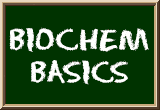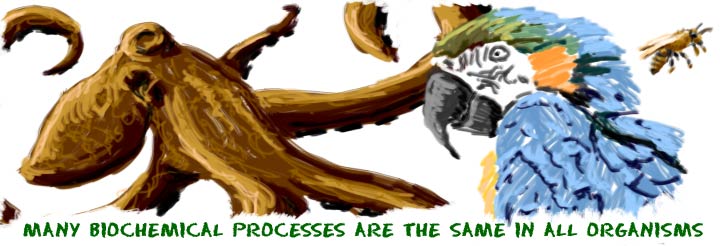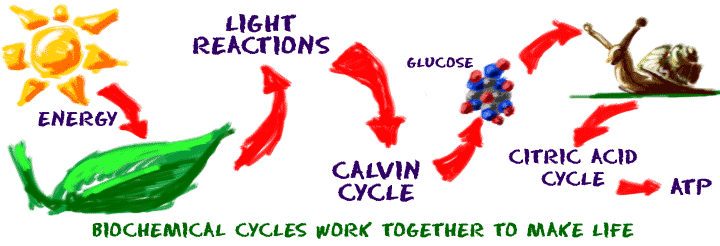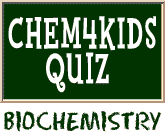
Biochemistry and the Machinery of Life

Biochemistry is one of the crossover fields of chemistry. Biochemists have to understand both the living world and the chemical world. Even if you don’t want to become a biochemist, you'll still have to understand atoms and molecules as a biologist. You'll also have to know about organic chemistry; a much bigger area of chemistry.
The key thing to remember is that biochemistry is the chemistry of the living world. Plants, animals, and single-celled organisms all use the same basic chemical compounds to live their lives. Biochemistry is not about the cells or the organisms. It's about the smallest parts of those organisms, the molecules. It's also about the cycles that create those biological compounds.
Repeating Biochemical Cycles

You can probably guess that biochemical cycles repeat over and over. Those cycles allow living creatures to survive on Earth. It could be the constant process of photosynthesis that creates sugars in plants or building complex proteins in the cells of your body. Also, cycles rely on enzymes and other proteins to move the atoms and molecules. Understanding the helper molecules is as important as learning about the cycles themselves.
Every cycle has a place, and each one is just a small piece that helps an organism survive. In each cycle, molecules are used as reactants and then transformed into products. Life is one big network of activity where each piece relies on all of the others. A compound, such as an herbicide, may only break one part of one cycle in a plant. However, because everything needs to work together, the whole plant eventually dies. Environmental chemists look at the way chemical compounds affect living things and the world around you.
Start with the Basics
We may have been talking about cycles to this point. However, we think it's important that you understand the different types of molecules you will find in biochemistry. We aren't going to go into the citric acid cycle and its ten steps. We won't even look at the eleven steps involved in the breakdown of glucose. At your level of understanding, it's enough to know the difference between a steroid, an amino acid, and a carbohydrate. There will be plenty of time for you to memorize the pathways and the movement of molecules during each step of a cycle.
► NEXT PAGE ON BIOCHEMISTRY
► NEXT STOP ON SITE TOUR
► BIOCHEMISTRY QUIZ
► RETURN TO TOP OF PAGE
► Or search the sites...
► NEXT STOP ON SITE TOUR
► BIOCHEMISTRY QUIZ
► RETURN TO TOP OF PAGE
► Or search the sites...
Related Video...
Organic Carbon and the World Around Us (USGS Video)
Encyclopædia Britannica: Biochemistry
Wikipedia: Biochemistry
Encyclopedia.com: Biochemistry
SUNY Biochemistry
MIT: Biochemistry
GSU: Biochemistry



